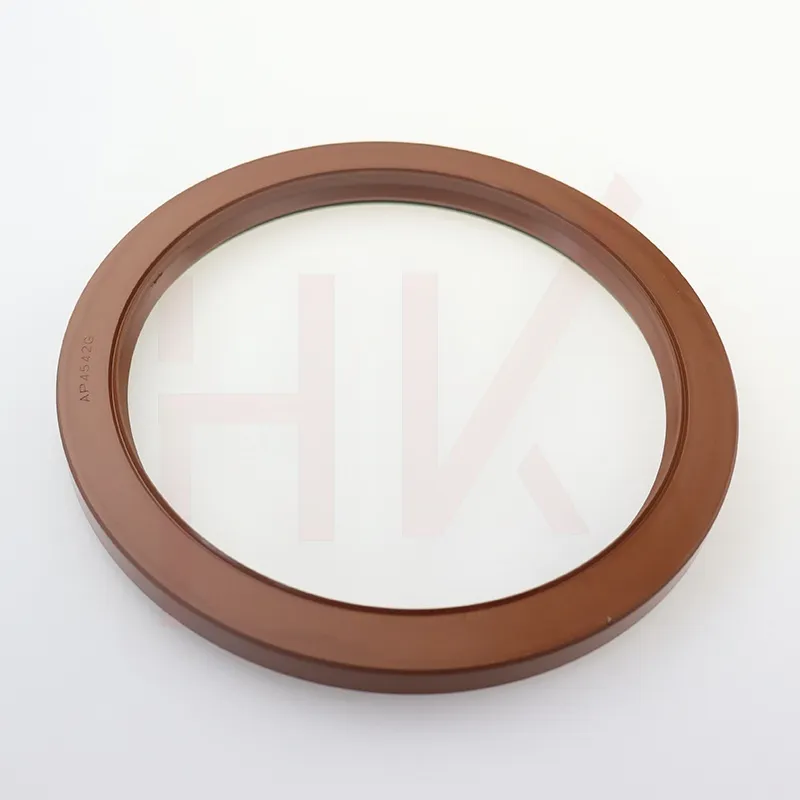Septemba . 22, 2024 19:46 Back to list
seal kit for cylinder
Understanding Seal Kits for Cylinders A Comprehensive Overview
Seal kits for cylinders play a crucial role in ensuring the efficient and reliable operation of hydraulic and pneumatic systems. These kits comprise various sealing components designed to prevent fluid leakage, maintain pressure, and protect internal components from contamination. Understanding the different aspects of seal kits can help operators and maintenance personnel choose the right products and ensure the longevity of their machinery.
Components of Seal Kits
Typically, a seal kit includes O-rings, piston seals, rod seals, backup rings, wipers, and other necessary sealing elements. Each component serves a specific function. For example, O-rings are used to create a static seal between two surfaces, while piston seals manage dynamic movements within hydraulic cylinders. Rod seals, on the other hand, ensure a tight fit around the rod to prevent leakage as the rod extends and retracts.
Material Selection
The performance of seal kits heavily relies on the materials used in manufacturing the seals. Common materials include nitrile rubber (NBR), polyurethane (PU), fluorocarbon (Viton), and polytetrafluoroethylene (PTFE). Each material has its unique properties, making it suitable for specific applications. For instance, NBR is excellent for general hydraulic applications due to its resistance to petroleum-based fluids, while Viton offers enhanced chemical and thermal resistance for more demanding environments.
seal kit for cylinder

Choosing the Right Seal Kit
When selecting a seal kit for a cylinder, it's vital to consider factors such as the operating conditions, pressure ratings, and type of fluid involved. Additionally, understanding the cylinder's dimensions, including bore size and stroke length, is essential for ensuring a proper fit. Mismatched seals can lead to premature failure, increased maintenance costs, and significant downtime.
Maintenance and Replacement
Regular maintenance of seal kits is crucial for optimal system performance. Signs that a seal may need replacing include hydraulic fluid leaks, reduced system efficiency, and unusual noises during operation. It is advisable to conduct periodic inspections and replace seals proactively to avoid unexpected breakdowns.
Conclusion
Seal kits for cylinders are indispensable components in hydraulic and pneumatic systems, directly influencing their performance and reliability. By understanding the various components, materials, and selection criteria of seal kits, operators can make informed decisions that enhance the efficiency and longevity of their machinery. Regular maintenance and timely replacement of seals will ultimately lead to reduced operational costs and improved safety in heavy machinery applications. With proper care, seal kits can significantly extend the lifecycle of cylinders, ensuring consistent performance and reliability in demanding environments.
-
TCN Oil Seal Metal Ring Reinforcement for Heavy Machinery
NewsJul.25,2025
-
Rotary Lip Seal Spring-Loaded Design for High-Speed Applications
NewsJul.25,2025
-
Hydraulic Cylinder Seals Polyurethane Material for High-Impact Jobs
NewsJul.25,2025
-
High Pressure Oil Seal Polyurethane Coating Wear Resistance
NewsJul.25,2025
-
Dust Proof Seal Double Lip Design for Construction Equipment
NewsJul.25,2025
-
Hub Seal Polyurethane Wear Resistance in Agricultural Vehicles
NewsJul.25,2025
-
The Trans-formative Journey of Wheel Hub Oil Seals
NewsJun.06,2025
Products categories
















